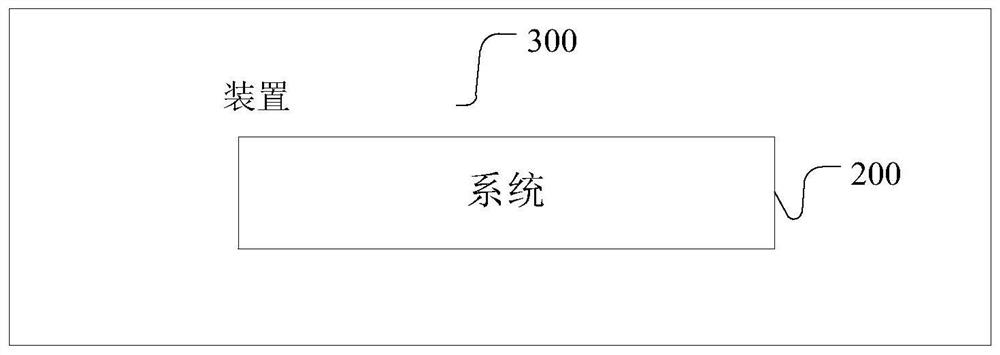Method, system and equipment for automatic detection of coronary artery lesions based on deep learning
A coronary artery disease and deep learning technology, applied in the field of coronary artery disease automatic detection, can solve the problems of ignoring spatial information, low pixel detection accuracy, and large amount of calculation, so as to shorten the diagnosis and treatment process and improve the lesion detection rate.
- Summary
- Abstract
- Description
- Claims
- Application Information
AI Technical Summary
Problems solved by technology
Method used
Image
Examples
Embodiment 1
[0054] Embodiment 1 of the present invention provides an automatic detection method for coronary artery lesions based on deep learning. The method includes the following steps:
[0055] Step 1. Training steps, including:
[0056] S101. The text information processing module extracts the basic characteristics of the patient from the coronary artery lesion medical records stored in the comprehensive medical database, and uses the C4.5 decision tree algorithm to train a classification decision tree based on the extracted basic characteristics, and the classification decision tree outputs the lesion type information To the Dicom video processing module;
[0057] S102, the Dicom video processing module uses the received lesion type information to filter key frames containing lesions from the cardiac angiography Dicom video corresponding to the lesion type information stored in the medical comprehensive database using the SSN, and outputs the key frames to In the neural network co...
Embodiment 2
[0094] Another aspect of the present invention also provides a deep learning-based automatic detection system 200 for coronary artery lesions, including: a training unit and a testing unit;
[0095] Training units, including:
[0096] The text information processing module is used to extract the basic characteristics of the patient from the coronary artery lesion medical records stored in the medical comprehensive database, and use the C4.5 decision tree algorithm to train a classification decision tree based on the extracted basic characteristics, and the classification decision tree combines the lesion type information Output to the Dicom video processing module;
[0097] The Dicom video processing module is used to filter key frames containing lesions from the cardiac angiography Dicom video corresponding to the lesion type information stored in the medical comprehensive database using the SSN through the received lesion type information, and output the key frames into the...
Embodiment 3
[0110] Such as figure 2 As shown, another aspect of the present invention also provides a deep learning-based automatic detection device 300 for coronary artery lesions, including the system 200 described in the second embodiment.
[0111] The present invention provides an automatic detection device for coronary artery lesions based on deep learning, which applies the object detection technology based on deep learning to the detection of coronary artery lesions. Applying machine learning-based text processing techniques to coronary artery lesion detection. Integrating text processing and image processing technology, the information of multiple modalities is fused for coronary artery lesion detection. Fully automate the process of coronary artery lesion detection, without manual participation in the detection process. The technical solution of the invention can detect the lesion in the coronary arteries of the heart in real time, and provide reference and help to doctors. C...
PUM
 Login to View More
Login to View More Abstract
Description
Claims
Application Information
 Login to View More
Login to View More - R&D
- Intellectual Property
- Life Sciences
- Materials
- Tech Scout
- Unparalleled Data Quality
- Higher Quality Content
- 60% Fewer Hallucinations
Browse by: Latest US Patents, China's latest patents, Technical Efficacy Thesaurus, Application Domain, Technology Topic, Popular Technical Reports.
© 2025 PatSnap. All rights reserved.Legal|Privacy policy|Modern Slavery Act Transparency Statement|Sitemap|About US| Contact US: help@patsnap.com


